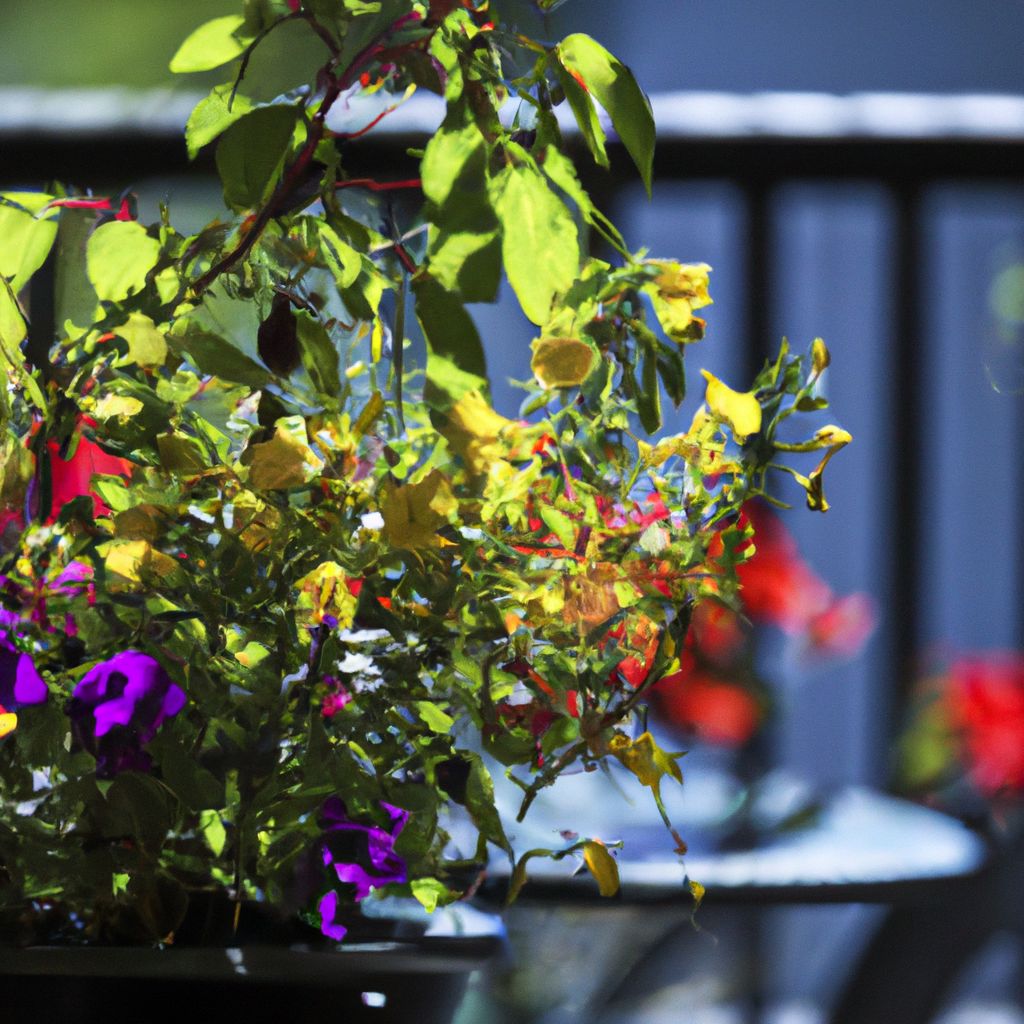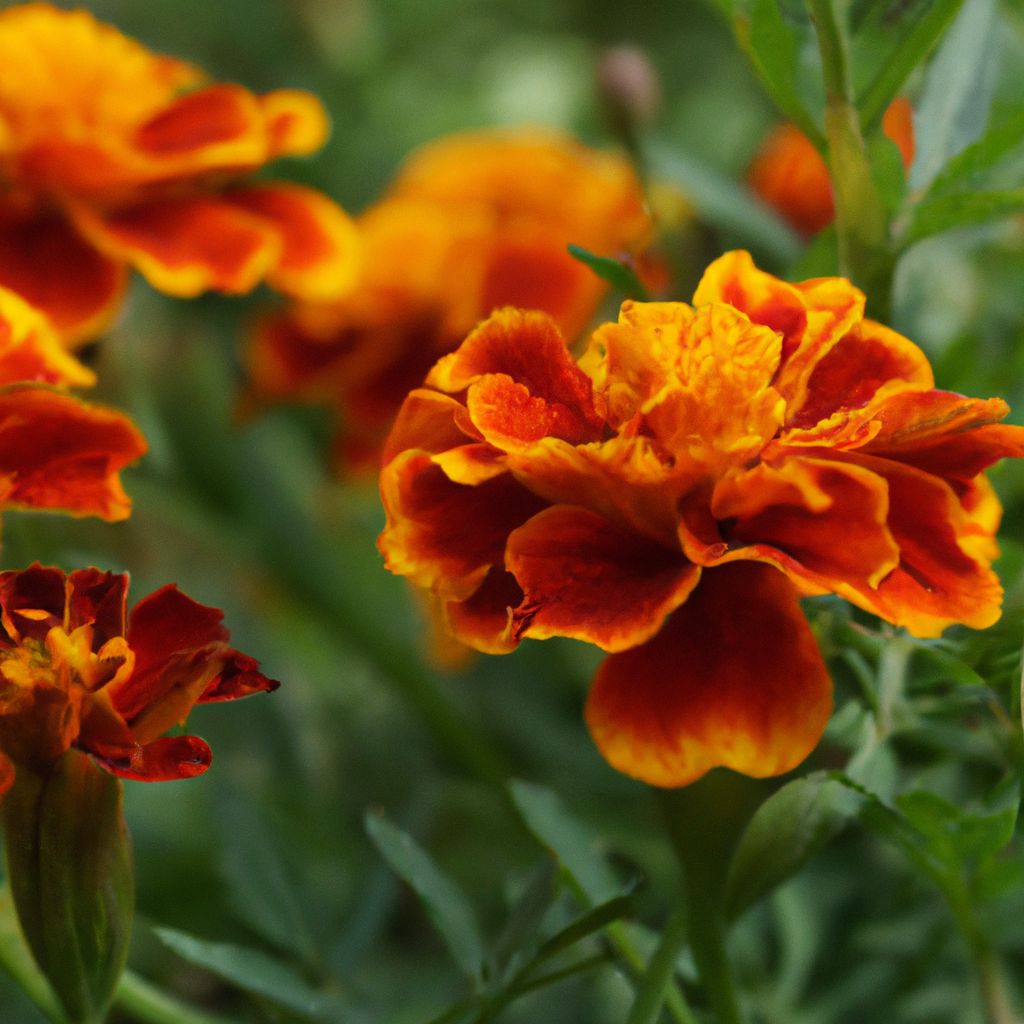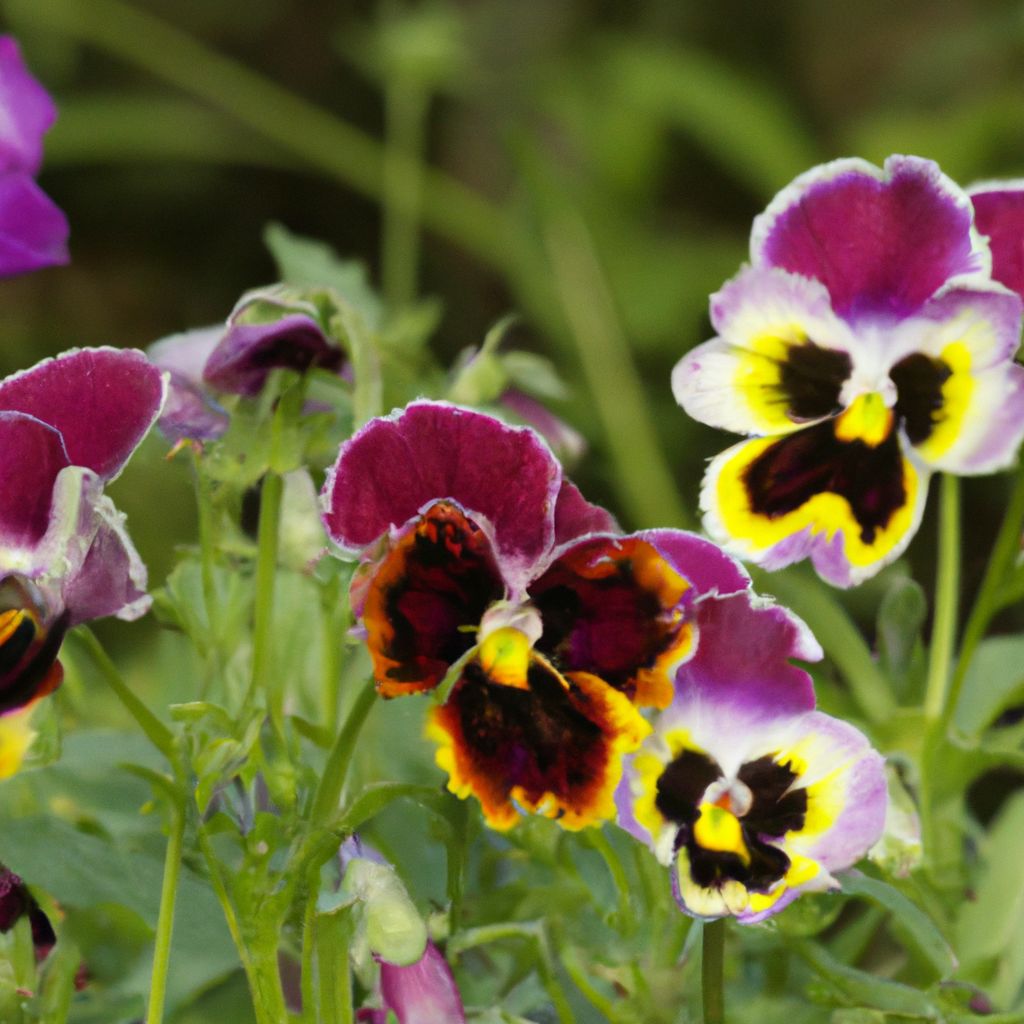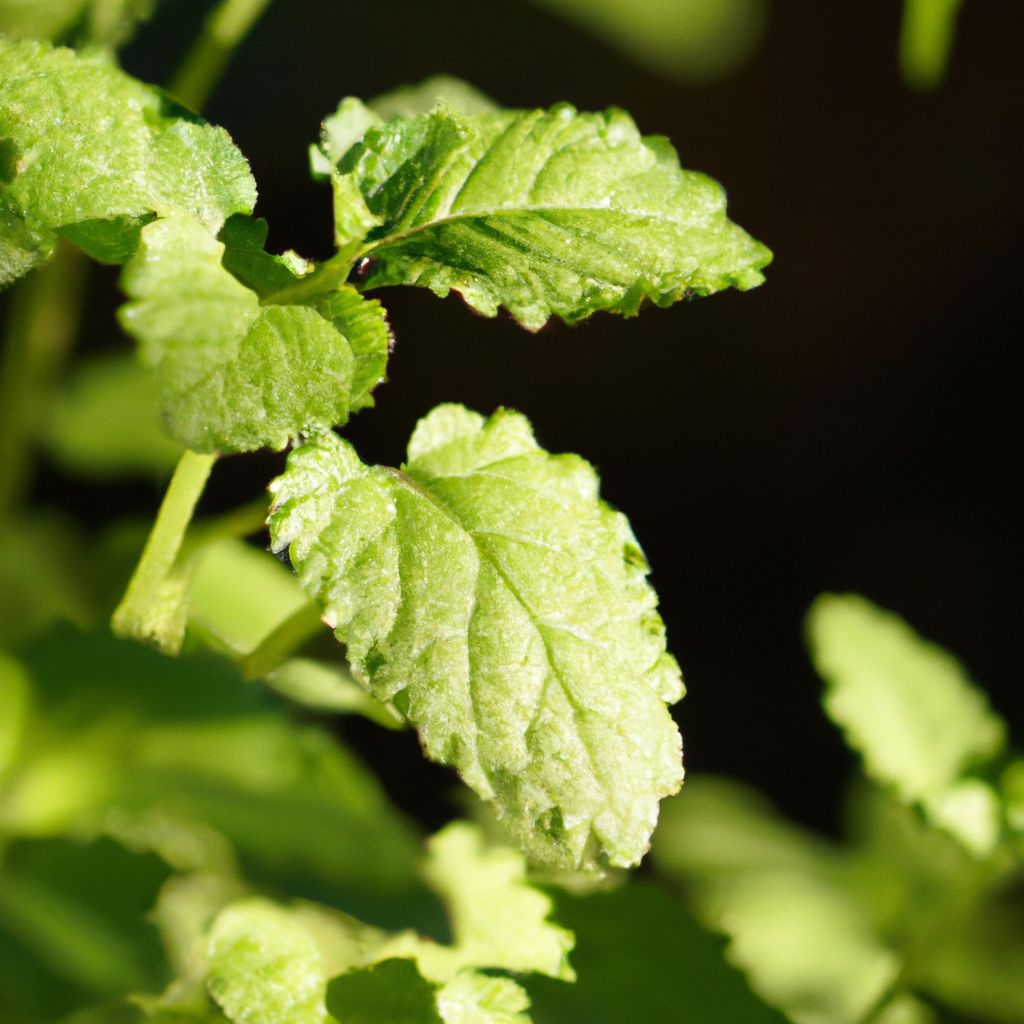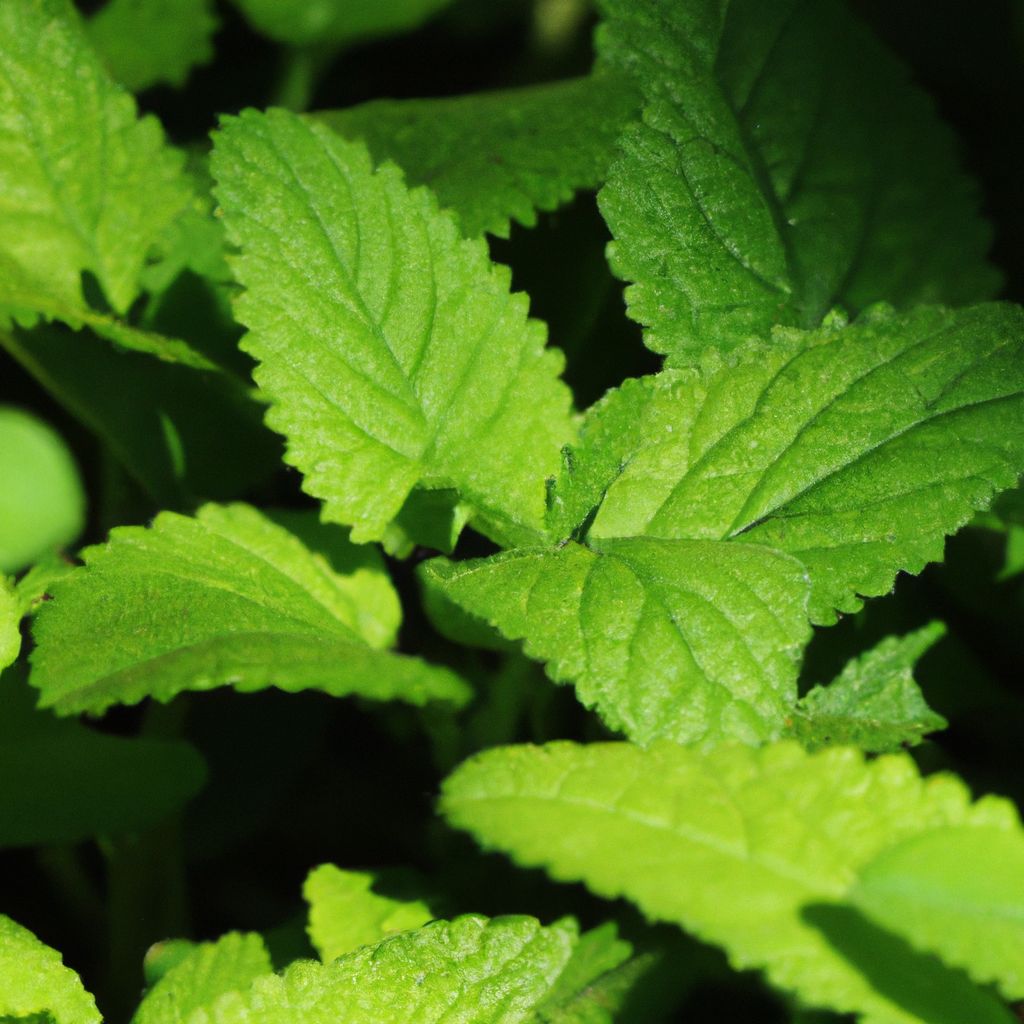Container gardening offers many advantages for the space-limited gardener. Cultivating plants in pots provides flexibility, portability, and convenience. You can easily handle caring for a container garden on a balcony, patio, or windowsill. Compared to traditional in-ground gardening, container plants require less maintenance and are more accessible.
Key Benefits of Container Gardening
Container gardening is an excellent solution if you have limited outdoor space. Here are some of the main benefits:
- Portability: Easily move plants to rearrange your garden layout.
- Flexibility: Experiment with different plant varieties and designs.
- Less maintenance: Better control over soil, water, and pests compared to in-ground gardens.
- Accessibility: Convenient for those with physical limitations. Pots can be placed at comfortable heights.
- Extended growing season: Plants can be moved indoors during colder months.
- Space saving: Perfect for small outdoor areas like balconies, patios, or windowsills.
- Visual appeal: Aesthetically enhance your space with beautiful pots and plants.
Container gardening allows you to cultivate plants that may not thrive in your native soil. You can control the soil quality by using a commercial potting mix. This provides plants with the ideal growing medium.
Choosing Plants for Container Gardening

One of the best aspects of container gardening is the ability to grow a diverse range of plants. From flowers and herbs to vegetables and fruits, the possibilities are endless! Consider the following when selecting plants:
Compact Varieties
Look for compact or dwarf varieties that won’t outgrow their containers. Tomatoes, peppers, eggplants, and beans can all be found in patio-friendly sizes. Avoid large indeterminate tomato cultivars that require extensive staking.
Appropriate Mature Size
Take the full mature size into account. Fast-growing annuals like zucchini or cucumbers aren’t well-suited for most container gardens. Their sprawling vines need ample space.
Sunlight Needs
Sun-loving plants like petunias, marigolds, and most vegetables require at least 6 hours of direct sunlight per day. Shade-tolerant impatiens, begonias, and ferns prefer partly shady spots.
Planting Compatibility
Avoid pairing plants with vastly different watering needs in the same container. For example, succulents thrive on infrequent watering while annual flowers require regular moisture.
Planting Density
Don’t overcrowd containers. Allow enough room for growth without plants competing for space. Give them sufficient airflow and room for root development.
Ease of Care
Prioritize easy-care plants like succulents, zinnias, calendula, parsley, green onions, and radishes for low-maintenance containers. They are more forgiving if you miss the occasional watering.
Key Considerations for a Healthy Container Garden

To create optimal conditions for your container plants, keep these key factors in mind:
Selecting the Right Location
Choose a spot that meets your plants’ sunlight needs. Most vegetables and herbs require at least 6 hours of direct sun daily. Ensure the location is easily accessible for care and maintenance. Protection from harsh winds is also beneficial.
Here are some important considerations when selecting the location:
- Sunlight: Pick a spot with adequate sunlight for your plants. Observe light patterns throughout the day.
- Accessibility: Ensure you can easily access the containers for watering and harvesting. Proximity to a water source is ideal.
- Protection: Look for areas shielded from strong winds, hail, or extreme heat that could damage plants.
- Space: Leave enough room between containers for proper airflow and growth. Avoid overcrowding.
- Microclimates: Watch for microclimates in your yard that can impact container plants, like reflected heat or shade.
Choosing Appropriate Containers
The containers you choose are important for healthy plant growth. Follow these guidelines:
- Select containers with adequate drainage holes to allow excess water to escape.
- Add a layer of gravel, pebbles, or rocks at the bottom for drainage.
- Use landscaping fabric atop the gravel to prevent soil washout.
- Choose large enough containers for the mature plant’s root system with room to grow.
- Use commercial potting mix instead of garden soil which can become dense.
- Incorporate organic fertilizer or compost into potting mix to enrich nutrients.
- Place containers in optimal sunlight for that plant’s needs. Adjust as needed.
Picking Suitable Plants
When selecting plants, consider the following:
- Choose compact varieties suitable for container confinement.
- Check mature size to avoid plants that will outgrow pots.
- Read plant tags for sunlight needs and watering requirements.
- Favor plants with similar needs if pairing in a container.
- For visual appeal, aim for thrillers, fillers and spillers. Thrillers are focal point plants; fillers provide foliage and texture; spillers like ivy drape over the edges.
- Avoid cramming too many plants together in a single container.
Watering Your Container Garden
Providing adequate water is one of the most crucial factors in caring for container gardens. The enclosed roots have limited access to water and moisture compared to plants grown in the ground. Establish a routine watering regimen and provide water as needed based on the season, plant types, and environmental factors.
How Often to Water Container Plants
- New plants: Check soil moisture daily and water new transplants whenever the top 1-2 inches of soil become dry. This encourages establishment.
- Hot, dry weather: During peak summer, plants may require watering at least once per day, or even twice daily during heat waves.
- Cool, humid weather: Back off on watering during cooler or wetter spells. Stick your finger in the soil to gauge moisture.
- Indoor plants: Indoor container plants often need watering once per week, depending on light and humidity. Brown leaf tips indicate under-watering.
- After fertilizing: Water thoroughly after applying fertilizer to help carry nutrients down into the root zone.
- After repotting: Monitor moisture closely after repotting and water whenever the top inch becomes dry. Avoid oversaturation.
Watering Methods
- Watering can: Use a spouted can for targeted watering. Avoid hitting leaves, which can promote foliar diseases.
- Drip irrigation: Emitters or soaker hoses provide slow, steady moisture at the roots. They also conserve water.
- Self-watering pots: Options like self-watering window boxes provide ongoing moisture through a water reservoir in a false bottom.
- Water retaining crystals: Amend potting mix with hydrogel crystals that absorb and release water over time.
How Much to Water Containers
- Provide enough water to thoroughly saturate the entire root zone. For large containers, supply about 1 inch total.
- Let excess water drain fully out of drainage holes at the bottom. Never allow pots to sit in a saucer of water.
- Lift containers occasionally to judge water needs. Lightweight dry pots will feel dramatically heavier when saturated.
Tips for Proper Watering
Follow these tips for successfully watering container gardens:
- Check soil moisture by inserting your finger 1-2 inches into the potting mix. Water when dry 1 inch down.
- Prioritize deep, thorough watering directly to the plant’s roots. Avoid skimping on water.
- Water in early morning or evening to reduce evaporation loss on hot days.
- Adjust watering frequency and volume based on weather, plant types, pot material, and other factors like rainfall.
- Add mulch around plants to maintain soil moisture longer. Organic choices like bark or leaves work well.
- Ensure containers have drainage holes so excess water can escape. Add gravel layer to assist drainage.
- Avoid overwatering, which leads to root rot and other problems. It’s better to underwater than overwater.
Feeding Container Plants

In addition to water, container plants also require adequate nutrition. While potting soils contain some starter fertilizer, this is soon depleted. It’s important to fertilize container plants regularly throughout the growing season for vigorous, sustained growth. Choose an appropriate fertilizer and follow safe application practices.
Nutrient Needs of Container Plants
Container plants have significant nutritional needs due to their confined root zones. Here are some key nutrients required for healthy container plants:
- Nitrogen: Promotes leafy green growth and strong stems. Deficiency causes stunted yellow plants.
- Phosphorus: Essential for flowering, fruiting, seed development and root growth. Supports overall vigor.
- Potassium: Important for disease resistance, stem strength, fruit formation and water regulation in plants.
- Calcium: Needed for healthy cell structure and growth. Deficiency causes weak, distorted growth.
- Magnesium: Found in chlorophyll, so it supports photosynthesis. Deficiency shows as interveinal leaf yellowing.
- Iron: Used to form chlorophyll and carry out photosynthesis. Deficiency appears as leaf yellowing.
Choosing the Right Fertilizers
When selecting fertilizers for your container garden, consider the following criteria:
- Nutrient ratio: Pick a balanced NPK ratio fertilizer like 10-10-10 unless plants have specific nutritional needs.
- Slow release or liquid: Slow release fertilizers provide ongoing nutrition. Liquid fertilizers deliver a fast boost.
- Organic or chemical: Organic fertilizers slowly break down and enhance soil. Chemical types quickly dissolve in water.
- Micronutrients: Formulations with added micronutrients support overall plant nutrition.
- Plant requirements: Consider nutritional demands. For example, tomatoes need extra potassium for fruiting.
Fertilizer Application Tips
Follow these guidelines when fertilizing container plants:
- Read and follow all label instructions carefully to avoid burn or toxicity.
- Apply quick-release liquid fertilizers no more than every 2 weeks. Slow-acting formulas can be used monthly.
- Mix granular fertilizers into the top few inches of soil and water in thoroughly after application.
- Reduce frequency in very hot or cold weather when plants are not actively growing.
- Rinse any fertilizer residue off foliage after application to prevent leaf burn.
- Reapply potting soil and refresh with organic matter like compost yearly before fertilizing.
Controlling Pests on Container Plants
Like any garden, container plants can fall victim to insect pests and diseases. However, their confined nature makes them more vulnerable. Left uncontrolled, pests can swiftly decimate container plants. Practice prevention wherever possible and use nature-safe control methods when issues arise. Here are some tips:
Preventing Pests on Container Plants
Adopt these gardening practices to avoid many pest issues:
- Select pest-resistant plant varieties whenever possible.
- Check for signs of pests like chewed leaves, stippling damage, or visible insects daily. Catch problems early.
- Remove and destroy severely infested plants immediately to prevent spreading.
- Keep garden area and containers clean of plant debris that can harbor pests.
- Apply organic mulch like bark around plants to deter crawling insects.
- Use physical barriers like netting or screening to block larger pests.
- Rotate plantings yearly to prevent pest accumulation in containers.
- Maintain optimal growing conditions to avoid stress that invites pests.
Safely Controlling Container Garden Pests
If pests sneak through preventive efforts, these eco-friendly solutions can help:
- Row covers: Lightweight fabric tunnels exclude many flying and crawling pests, especially on vegetables and small plants.
- Insecticidal soap: Non-toxic soaps dissolved in water destroy soft-bodied insects through membrane disruption. Rinse residue off plants.
- Neem oil: Derived from the neem tree, it repels or poisons many damaging pests while safely breaking down.
- Biological controls: Beneficial insects like ladybugs, lacewings, and praying mantis prey on common garden pests.
- Diatomaceous earth: This powder of fossilized algae damages small insects like aphids through microscopic cuts. Avoid inhaling the dust.
- Bacillus thuringiensis: The bacteria Bt kills caterpillars when they ingest it but is harmless to other organisms.
- Sticky traps: Yellow and blue traps lure and catch flying pests. Avoid non-toxic versions which use adhesive that can entrap beneficial insects too.
- Physical removal: For largr infestations, prune away heavily damaged growths or pick pests off by hand to limit their spread.
When to Use Chemical Pesticides
While non-toxic options are preferred, chemical pesticides can occasionally become necessary if all other options fail. However, only use them as a last resort in severe infestations. Always follow label precautions carefully. Systemic insecticides applied right to soil can provide lasting protection for plants like roses.
Seasonal Considerations for Container Gardens
Caring for container gardens extends beyond the active growing season. Certain actions must be taken to help plants survive from one season to the next. Here are some key seasonal considerations:
Spring
Springtime is an exciting period for container gardeners. Follow these tips:
- Repot rootbound plants into larger containers using fresh potting mix amended with slow-release fertilizer.
- Prune back any dead, damaged, or excessive growth on overwintered plants and tidy up shapes.
- Start hardening off newly purchased plants by giving them short periods outdoors to transition them before permanently moving outside.
- Hold off on fertilizing peppers and tomatoes until the first fruits start forming. Too much nitrogen before this point causes excessive leaf growth.
- Monitor water closely as sunny days increase. New spring growth requires ample moisture.
Summer
The abundant harvest season requires staying on top of gardening tasks:
- During hot spells, drench container plants thoroughly in the morning, then lightly mist again in late afternoon if severely wilting.
- Prune back wayward growth and pinch off spent blooms on flowering plants to encourage continued flowering.
- Watch for pest and disease problems which peak in summer and treat promptly. Focus on prevention.
- Apply slow release fertilizer as directed on the packaging to sustain nutrition levels. Liquid fertilizer can provide a periodic booster.
- As plants grow densely, increase air circulation with small clip on fans, and allow space between pots.
Fall
Though plant growth slows as days shorten, fall still requires diligent care:
- Allow plants to naturally die back but leave top growth and roots in place for insulation through winter. Cut back any long or dangling branches.
- Reduce watering frequency as plant needs decrease, but don’t allow pots to thoroughly dry out which can damage roots.
- Stop fertilizing 6 weeks before your average first frost date so plants can harden off fully.
- Pull up and compost spent annual plants. Place perennials in sheltered areas and mulch thickly around roots.
Winter
Proper overwintering care ensures container plants survive to flourish again in spring:
- Relocate container plants to an unheated garage or building before temperatures drop below freezing.
- For plants left outdoors, group together and heavily mulch for insulation. Surround heavier pots with straw bales.
- Check soil moisture weekly on overwintered plants. Water sparingly, just enough to prevent complete drying.
- Remove soggy mulch and leaves from crowns of plants to prevent rotting.
- Prune evergreens and late fall bloomers lightly in early winter. Wait until spring for heavier pruning on other plants.
Maintaining Healthy Container Plants

Achieving success with container gardening involves maintaining optimal conditions for your plants. Here are some key elements of keeping container plants as healthy as possible:
Good Light Exposure
Ensure container plants receive sufficient sunlight for the varieties grown. Monitor light levels and move pots as needed:
- Most vegetables, herbs and annual flowers need at least 6 hours of direct sun daily for robust growth.
- Leafy greens and cool weather crops tolerate partial shade better than fruiting plants.
- Lettuce, spinach, chard, and kale can grow in as little as 4 hours of sun.
- Some plants like impatiens, begonias and ferns prefer shadier spots.
Adequate Airflow
Allow adequate space between containers for air circulation:
- Stunted, spindly growth results when overcrowded plants compete for air and light.
- Tight groupings of containers create humidity and conditions ideal for fungal and bacterial diseases.
- For indoor plants, use small fans to gently blow air over plants and prevent disease issues in stagnant conditions.
Routine Inspection
Check plants thoroughly at least twice weekly for any problems:
- Scan leaves top and bottom for insects, eggs, sticky residue, or abnormal spots indicating disease.
- Check soil for any signs of fungus gnats, root aphids, or other pests.
- Look for leaves yellowing or browning which can reflect nutritional deficiencies.
- Monitor watering needs and soil condition. Stick finger in soil to gauge moisture.
- Take prompt action to resolve any issues spotted early before they proliferate.
Occasional Grooming
- Pinch off spent blooms to encourage reblooming.
- Prune away yellow or dying foliage and stems. Sterilize pruners between plants.
- Clip back rampant growth to keep it from overtaking other plants.
- Clear fallen leaves and other debris which can spread issues.
Periodic Soil Refreshing
- Every 2-3 years, replace several inches of container soil or amend with compost.
- Replace soil that has become compacted and dense preventing drainage.
- Introducing fresh organic matter replenishes nutrients.
- When repotting, break up and loosen any thick, circling roots before placing in new container.











































